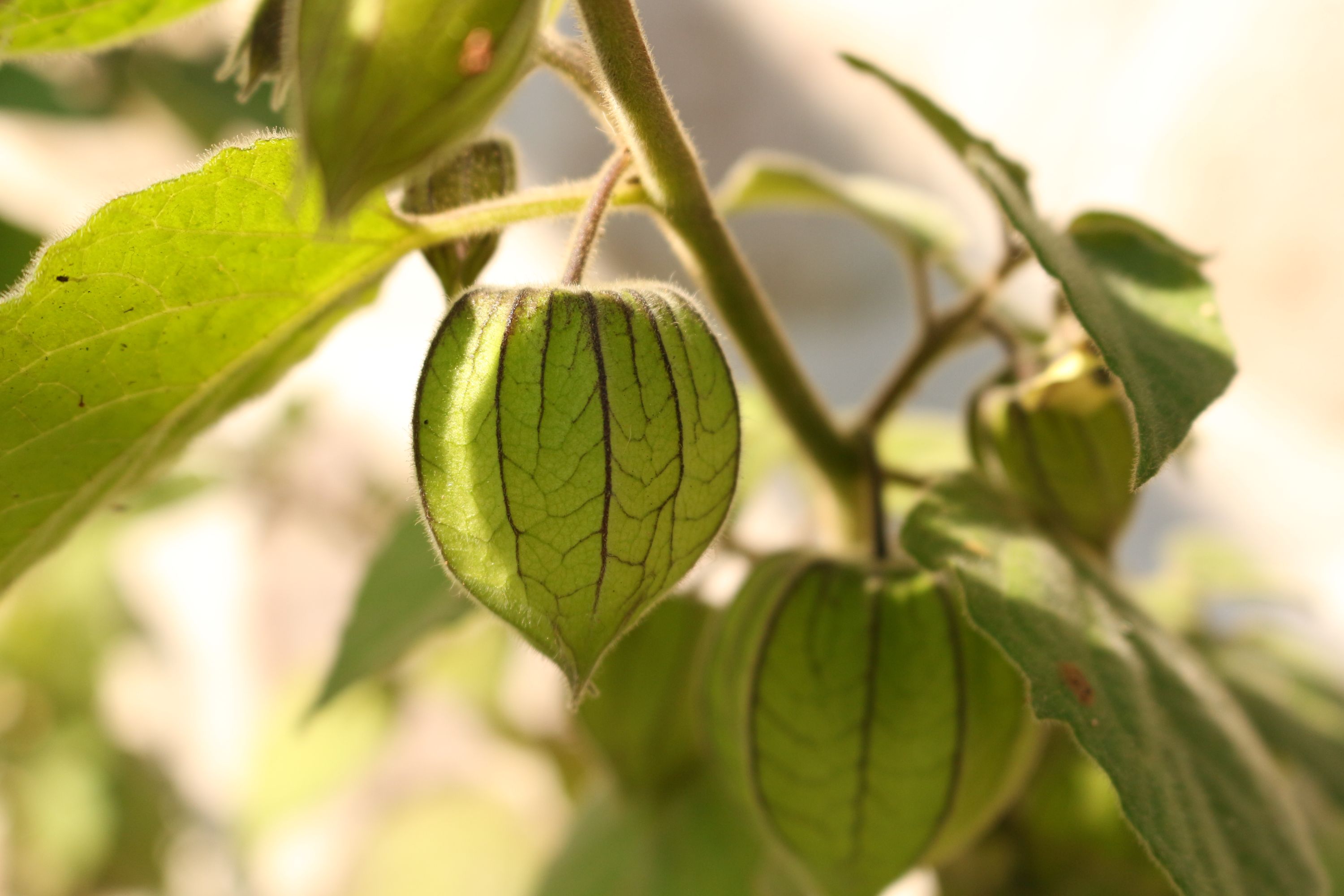Cape gooseberry
(Physalis peruviana)

Description
Physalis peruviana, a plant species of the genus Physalis in the nightshade family Solanaceae, has its origin in Peru. The plant and its fruit are commonly called Cape gooseberry, goldenberry, golden berry, Pichuberry or physalis, among numerous regional names. It has been cultivated in England since the late 18th century, and in South Africa in the Cape of Good Hope since at least the start of the 19th century. Widely introduced in the 20th century, P. peruviana is cultivated or grows wild across the world in temperate and tropical regions. P. peruviana is an economically useful crop as an exotic exported fruit, and is favored in breeding and cultivation programs in many countries. Physalis peruviana is closely related to the tomatillo and to the Chinese lantern, also members of the genus Physalis. As a member of the plant family Solanaceae, it is more distantly related to a large number of edible plants, including tomato, eggplant, potato and other members of the nightshades.[Despite its name, it is not botanically related to gooseberries such as the Ribes gooseberry, Indian gooseberry, or Chinese gooseberry. P. peruviana is an annual in temperate locations, but perennial in the tropics. As a perennial, it develops into a diffusely branched shrub reaching 1–1.6 metres (3.3–5.2 ft) in height, with spreading branches and velvety, heart-shaped leaves. The hermaphrodite flowers are bell-shaped and drooping, 15–20 millimetres (0.59–0.79 in) across, yellow with purple-brown spots internally. After the flower falls, the calyx expands, ultimately forming a beige husk fully enclosing the fruit. The fruit is a round smooth berry, resembling a miniature yellow tomato 1.25–2 centimetres (0.49–0.79 in) wide. Removed from its calyx, it is bright yellow to orange in color, and sweet when ripe, with a characteristic, mildly tart tomato flavor. A prominent feature is the inflated, papery calyx enclosing each berry. The calyx is accrescent until the fruit is fully grown; at first it is of normal size, but after the petals fall it continues to grow until it forms a protective cover around the growing fruit. If the fruit is left inside the intact calyx husks, its shelf life at room temperature is about 30–45 days. The calyx is inedible. P. peruviana has dozens of common names across the world in its regions of distribution. For example, in northeastern China Heilongjiang Province, it is informally referred to as deng long guo. In French, it is called amour en cage ("love in a cage"), as well as other possible names, such as Peruvian coqueret, alkékenge, lanterne chinoise ("Chinese lantern") (Physalis alkekengi), cerise de terre ("earth cherry"), or tomatillo (Physalis philadelphica)
Taxonomic tree:







